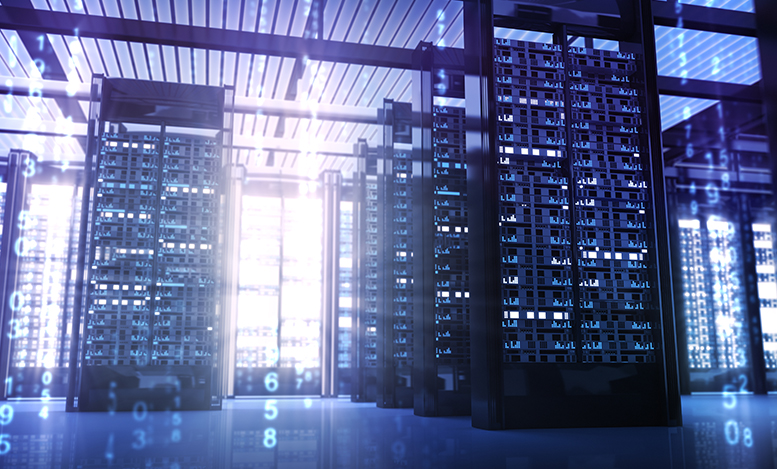In today’s fast-moving world, IT leaders are scrambling to keep up with innovations in mobility, cloud computing, big data analytics, and the Internet of Things. Often absent from the conversation is the traditional heart and soul of business technology: the data center.
But rumors of its death have been greatly exaggerated. The data center is alive and well, but it has been transformed from a nest of servers, cables, and wires threatening to overheat into a modern hub whose spokes include virtualization, private and hybrid clouds, and updated infrastructure architecture.
The truth is, most organizations don’t want to move everything off-premises. They need to find a way to integrate on-site systems with more modern technologies, and choices about what to move to the cloud or virtualize aren’t always easy.
Before you jump into software-defined networking and WAN, you need to take a hard look at the systems you have. Analyzing your present capacity and calculating what you’ll need in the future will guide your next move. While you’re at it, make sure you have a solid plan for backing up your critical information in case of a power outage or a disaster.
Network and Storage Assessment
Your servers need to be reliable and efficient to meet increased demand as the use of data proliferates. Document your inventory and do an analysis of baseline traffic to determine which servers need to be upgraded and which can be consolidated. At many companies, servers run at just 15 to 20% of capacity, wasting money, space, and energy.
Similarly, legacy storage systems need to be made scalable to meet the volume of today’s demands, not to mention all of the new legal requirements for security and compliance. Analyze your data use and rate of growth to make decisions about which workflows to move to the cloud and how soon you need to do it. In the meantime, you may benefit from techniques like thin provisioning to keep overhead down.
Another option is flash technology, which reduces the number of drives you need for speedy performance. The cost of flash has dropped dramatically in recent years and continues to decline. If you’re not sure about flash, consider dipping your toe in with hybrid disk arrays.
Backup and Disaster Recovery
Above all, you need to keep your company’s information secure and accessible in the event of a flood, fire, or power outage. Today’s hardware is more resilient than it used to be and virtualization has made backups easier and cheaper. Nevertheless, most organizations’ business continuity and disaster recovery plans fail to deliver adequate protection.
Our Pulse of IT survey revealed that 58% of organizations haven’t tested their disaster recovery plans in over six months. Another 23% haven’t tested it for a year or two—if ever—and 10% don’t have a disaster plan at all.
Considering the nightmare your business would suffer if its data is lost may be just the impetus you need to integrate cloud storage and virtualization into your data center.
Competitive Edge
Modernizing your data center will also give your company a competitive edge in today’s environment, where employees expect fast access and a seamless, consumer-grade experience at all times. A converged infrastructure may be on your agenda for the future, but in the meantime, your next step may be a move to the cloud or a hybrid IT system.
Making changes to legacy systems is a must in today’s IT environment, but the process can be tricky. Connection can provide expert analysis of your current network, storage, and backup systems. Our deep knowledge of virtualization and the cloud will guide you to the technology mix that’s right for you.

